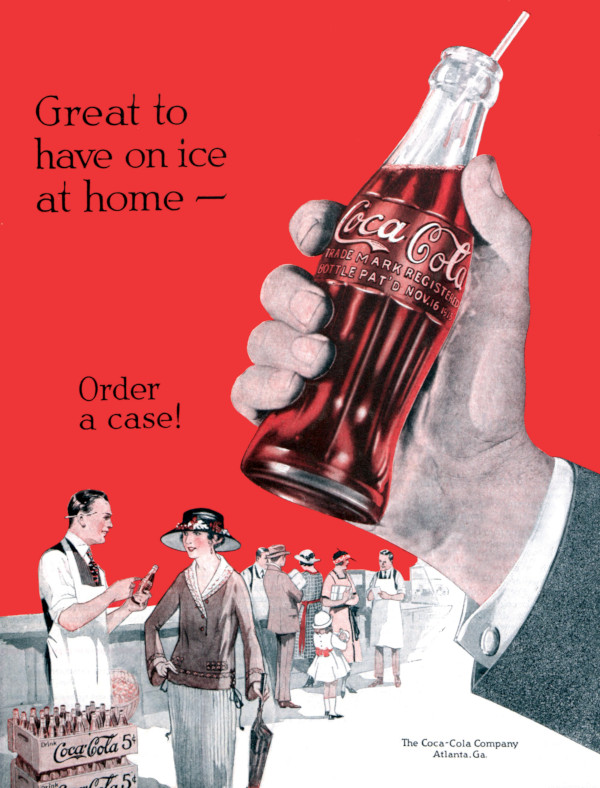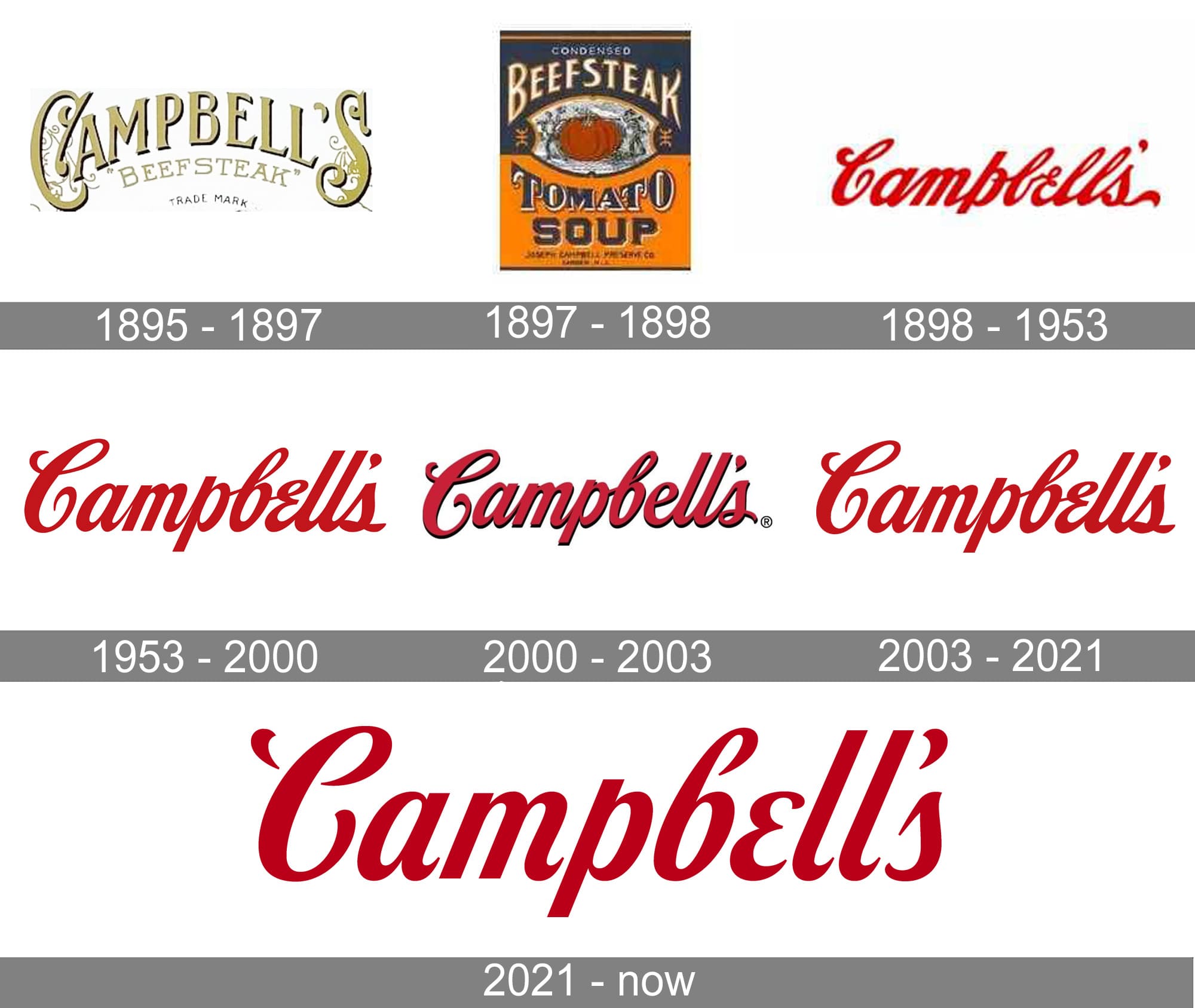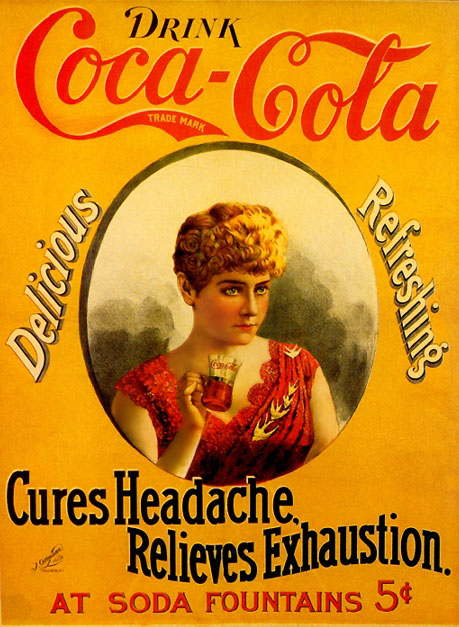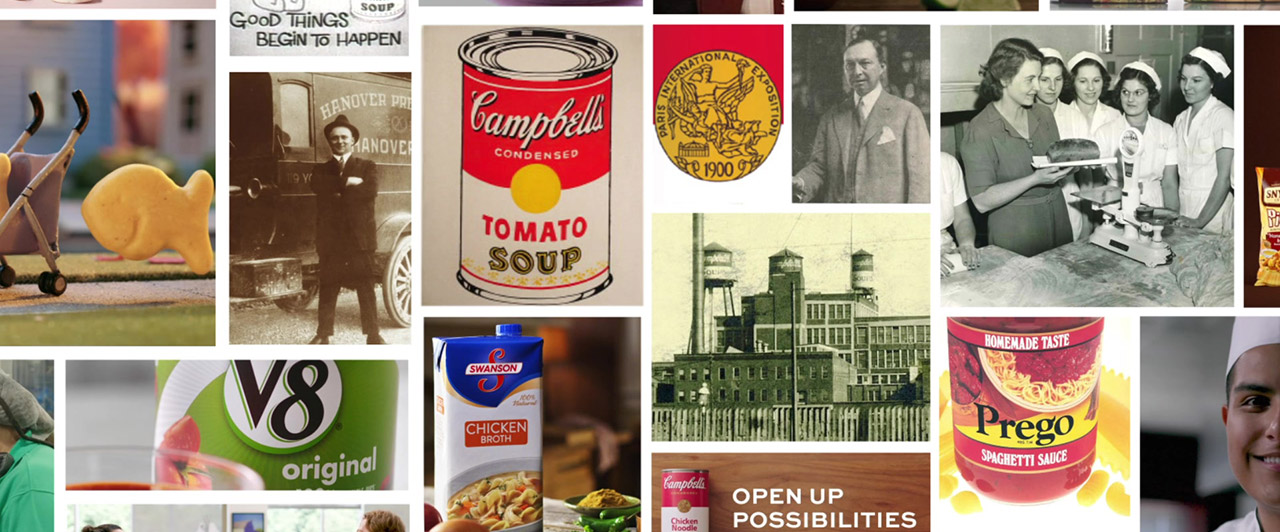First Brands: The Origins and Evolution of America's Pioneer Marketing Legends
First Brands: The Origins and Evolution of America's Pioneer Marketing Legends
The concept of branding has evolved from simple cattle markings to sophisticated marketing strategies that shape our daily consumer experiences. The story of America's first brands is not just a tale of business success—it's a fascinating journey through centuries of innovation, competition, and cultural transformation that laid the foundation for modern marketing.

The Ancient Roots of Brand Identity
Before America's first commercial brands emerged, the practice of marking ownership traces back to ancient civilizations. The term "brand" itself derives from the Old Norse word "brandr," meaning "to burn." This primitive form of identification was essential for distinguishing products and establishing trust in early marketplaces.
In ancient Egypt, craftsmen marked their pottery and goods with distinctive symbols, while Chinese artisans stamped their porcelain as early as 1300 BC. These early marking systems established the fundamental principle that would later drive American commercial branding: differentiation through identification.
America's Industrial Revolution: The Birth of Modern Branding (1850-1920)
The transformation of American branding began during the Industrial Revolution, when mass production created an unprecedented need for product differentiation. The establishment of the U.S. trademark system in 1870 provided legal protection for brand identities, encouraging businesses to invest in distinctive marketing approaches.
The Pioneering Brands That Shaped America
Several iconic American brands emerged during this transformative period, each contributing unique innovations to the branding landscape:

Procter & Gamble's Ivory Soap (1879) revolutionized consumer marketing by introducing the concept of branded quality. Their famous "99 44/100% Pure" slogan established the principle of measurable product superiority, while their innovative packaging created instant brand recognition.
Coca-Cola (1886) pioneered the art of emotional branding, transforming a simple beverage into a symbol of American culture. John Pemberton's creation became the first global brand to successfully combine product quality with lifestyle marketing, establishing templates that modern brands still follow today.
Campbell's Soup Company (1869) introduced the concept of convenient, branded food products. Their distinctive red and white packaging, designed in 1898, created one of America's most recognizable visual identities and demonstrated the power of consistent brand imagery.
The Mass Marketing Revolution (1920-1950)
The introduction of radio and television transformed how first brands communicated with consumers. This era witnessed the birth of brand personality, as companies realized that emotional connections drove purchasing decisions more effectively than product features alone.

During this period, pioneering brands like Ford Motor Company (1903) revolutionized industrial branding by making their company name synonymous with automotive innovation. Henry Ford's focus on accessibility and reliability created a brand promise that extended far beyond the product itself.
General Electric (1892) established the template for corporate branding, demonstrating how a single brand identity could encompass multiple product categories while maintaining consumer trust and recognition.
The Strategic Brand Management Era (1950-1990)
Post-World War II America saw unprecedented economic growth and consumer choice expansion. First brands adapted by developing sophisticated brand management systems, with companies like Procter & Gamble pioneering the brand manager concept that remains standard practice today.
Key Innovations in American Brand Development
This era introduced several critical branding concepts that first brands helped establish:
- Brand Positioning: Companies learned to occupy specific spaces in consumer minds
- Brand Extensions: Successful brands expanded into related product categories
- Brand Loyalty Programs: First brands developed systematic approaches to customer retention
- Brand Personality Development: Brands began developing distinct character traits and values

Digital Transformation and Modern First Brands (1990-Present)
The digital revolution has transformed how first brands interact with consumers, but the fundamental principles established by America's pioneer brands remain relevant. Modern successful brands still rely on the core concepts of differentiation, consistency, and emotional connection that early American brands pioneered.
Today's first brands leverage technology while maintaining the authentic brand promises that made their predecessors successful. Companies like Apple and Amazon represent the evolution of American branding principles, combining innovation with the customer-centric approaches pioneered by earlier generations.
Lessons from America's First Brands
The enduring success of America's first brands offers valuable insights for modern marketers:
Consistency Builds Trust: Brands that maintained consistent messaging and quality across decades built unshakeable consumer loyalty.
Innovation Drives Relevance: Successful first brands continuously adapted their offerings while preserving their core identity.
Emotional Connection Transcends Products: The most successful first brands created relationships with consumers that extended far beyond functional benefits.

The Future of First Brand Principles
As we advance into an increasingly digital marketplace, the principles established by America's first brands remain surprisingly relevant. Success still depends on clear differentiation, consistent quality delivery, and authentic consumer relationships.
The story of America's first brands demonstrates that while marketing techniques evolve, the fundamental human desire for trust, quality, and meaningful connection remains constant. These pioneer brands created the blueprint for modern marketing success, proving that effective branding transcends any single era or technology.
📚 Frequently Asked Questions
What was America's first registered trademark?
Which American brands from the 1800s are still successful today?
How did early American brands differ from European branding approaches?
What role did the Industrial Revolution play in creating first brands?
📢 Found This Article Valuable?
Share the fascinating story of America's first brands with your network and help others discover the origins of modern marketing!